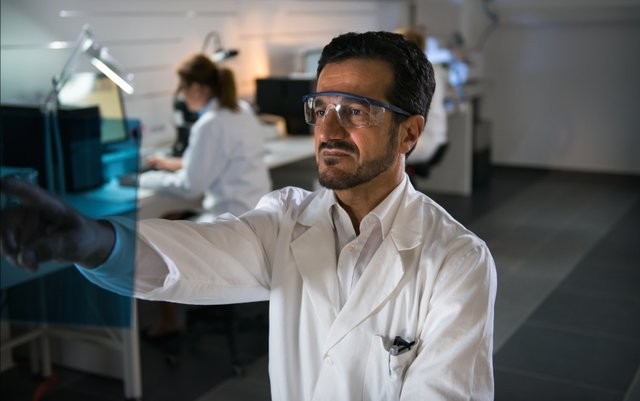Marijuana has been used as a healing herb since it was discovered, and while the ancients may have had some inkling that it did something to you, thanks to science we now know what its effects are, down to the very molecules and pathways that are affected. In the brain, getting buzzed comes down to (mostly) inhibiting neurotransmitter release. Immune cells don’t get buzzed, but odd things happen nonetheless: histones are modified, meaning that changes to the DNA of these cells are made permanent for subsequent generations. These changes to the DNA alters the expression of inflammatory markers, decreasing them (mostly) and shortening the survival rate of immune cells.
In autoimmune diseases, toning down the immune response is one way to quell the symptoms of the disease. And indeed, for diseases like multiple sclerosis and rheumatoid arthritis, marijuana has marked benefits: it decreases muscle spasticity in multiple sclerosis patients, and limits joint damage in rheumatoid arthritis. And these effects are independent on its effects on pain.
So it might be surprising to find that atherosclerosis can apparently be modulated by cannabis, as well. Most of us are more accustomed to thinking about atherosclerotic plaques as little lumps of cholesterol coating our arteries. This is true to some extent, but the fact is that atherosclerotic plaques can be dynamic; their composition can change over time, and they can, grow, or shrink. And all of these processes are modified by the immune system.
Researchers have found that low doses of THC can help slow the progression of atherosclerotic plaques in mice. The doses were too low to cause any noticeable psychotropic effects, but even so they were enough to cause a marked difference in the size of the plaques that could be found in the arteries, and alters the balance between the pro-inflammatory TH1 cells and the anti-inflammatory TH2 cells. Less inflammation means a more stable plaque—and means that the lumen is less likely to be compromised (once the gunk inside the plaque contacts the bloodstream, major inflammatory processes start).
This might seem too good to be true—smoke a little weed, protect yourself from heart attacks? And let’s not forget, either, that mice are not humans. In people, the data is a wash—marijuana and related compounds (rimonabant, which was tested in the article cited) doesn’t do better than placebo at preventing coronary symptoms. And in fact, smoking marijuana seems to add to the danger—the first hour after smoking marijuana seems to greatly increase one’s risk of a coronary incident. However, it is also true that the papers in question looked at hashish, which is often cut with other compounds and it is possible that these are what contributed to the deaths.
Marijuana might not be the panacea that people sometimes think it is—it probably helps in some situations, just not as much as some people would like to have it. As more research is done about marijuana and the utility of THC and CBD, we can probably expect to get some clarity on the limits of what this plant can do.






